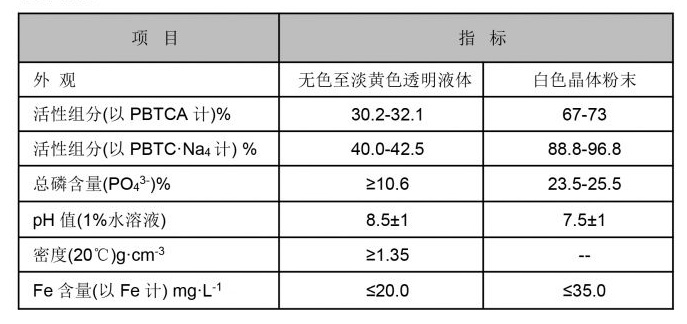isothiazolinone uses
Isothiazolinones are a class of organic compounds that have gained significant importance in various industries due to their exceptional biocidal properties. Commonly used as preservatives, isothiazolinones are effective against a wide spectrum of microorganisms, making them essential in preventing spoilage and extending the shelf life of products. Their applications span across several sectors, including personal care, household cleaning, paints, and industrial products.
In the personal care industry, isothiazolinones are often found in cosmetics, shampoos, and moisturizers. They serve as effective preservatives to prevent the growth of bacteria, fungi, and yeast, ensuring that these products remain safe and effective for consumers. For example, methylisothiazolinone (MIT) and chloromethylisothiazolinone (CMIT) are frequently used in formulations where long-term preservation is crucial. However, there has been growing awareness about potential skin sensitization and allergic reactions caused by isothiazolinones, leading to regulatory scrutiny and the development of alternative preservation methods.
.
The paint industry also leverages the antimicrobial properties of isothiazolinones. Used in paints and coatings, they help prevent microbial growth that can lead to discoloration, odor, and premature degradation of the paint film. This application not only enhances the durability of paints but also contributes to maintaining the aesthetic appeal of painted surfaces over time.
isothiazolinone uses

Moreover, isothiazolinones find their use in various industrial applications, such as in the manufacturing of paper and textiles. They are utilized as biocides in cooling water systems, oilfield applications, and metalworking fluids. Their effectiveness in combating microbial contamination is critical in preserving equipment and ensuring operational efficiency in these settings.
Despite their widespread use, the safety of isothiazolinones has come under scrutiny. Regulatory agencies in various countries are evaluating their safety profiles, especially in consumer products. Manufacturers are increasingly looking for alternative preservatives to mitigate risks associated with allergic reactions and sensitivities that some consumers may experience.
In conclusion, isothiazolinones are valuable compounds with diverse applications across various industries, primarily due to their biocidal properties. While they continue to play a critical role in preserving the integrity and effectiveness of personal care products, household cleaners, and industrial applications, ongoing research and regulatory measures will shape their future use. Balancing efficacy with safety will be key as industries seek to adapt to changing consumer preferences and regulatory landscapes.
-
Pbtc Scale InhibitorPBTC: A Scale Protector for Industrial Water TreatmentNewsAug.05,2025
-
Organic Phosphonate: An Efficient Defender in the Field of Scale InhibitionNewsAug.05,2025
-
Hydrolyzed Polymaleic Anhydride: Green Pioneer in Scale Inhibition FieldNewsAug.05,2025
-
PAPEMP Polyamino Polyether Methylene Phosphonic Acid For SaleNewsAug.05,2025
-
Flocculant Water Treatment: A Pioneer in Purification in the Field of Water TreatmentNewsAug.05,2025
-
Benzyl Isothiazolinone: An Efficient and Broad-Spectrum Antibacterial Protective GuardNewsAug.05,2025





